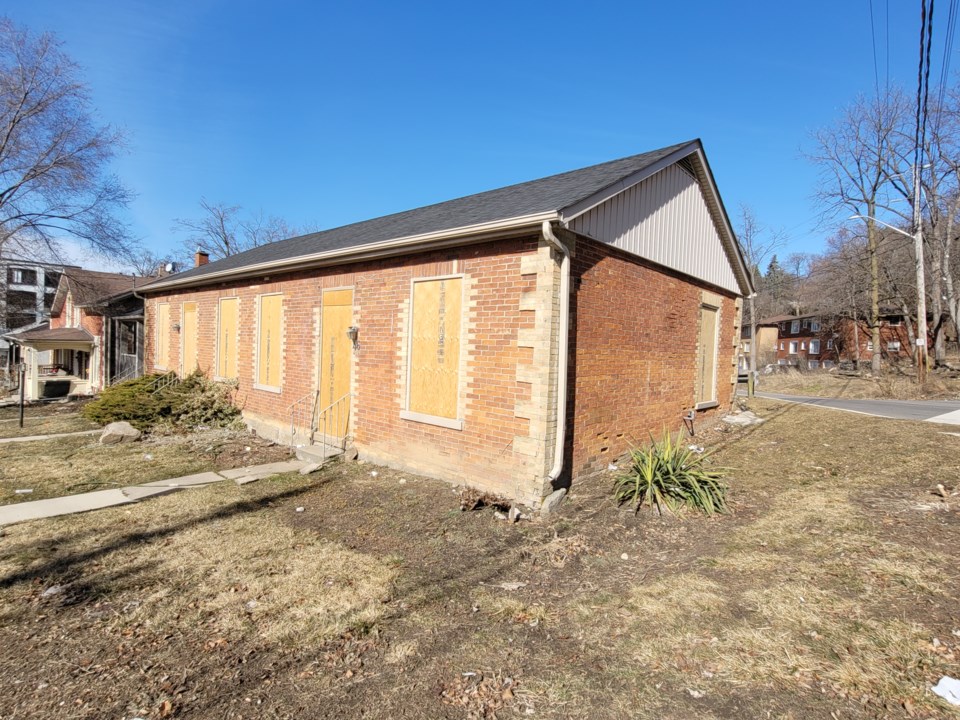A brick "workers' cottage" on Park Hill Road has been spared demolition.
Council voted Tuesday to move forward with its plan to designate the building under the provincial Heritage Act on the same day Cambridge firefighters were called to the property to extinguish a fire that caused extensive damage to its interior.
Now councillors who voted to save the building hope the owner doesn't follow through with a threat to appeal the decision and instead works with staff to incorporate the 150-year-old building into plans for a three-storey mixed-use, 10-unit apartment on the property.
Any proposed alterations to the building now will trigger a heritage impact study, at which point the municipal heritage advisory committee would be asked to comment and provide a recommendation to council.
Since a "deep dive" on the property has already been completed, senior heritage planner Jeremy Parsons said that study would be scoped for the property owner to detail what needs to be saved.
Prior to the designation vote, Scott Patterson, a planning consultant for the developer, said the property owner would likely appeal the designation to the Ontario Land Tribunal as well as the site plan.
Alternatively, he said if the city granted the demolition permit, the developer would be willing to work on a salvage plan that incorporates the exterior brick work into the new building.
He displayed a rendering of what it might look like that impressed Coun. Mike Devine who asked if the rest of the building could be made more sympathetic to the surrounding heritage. Patterson said the owner would also be willing to work those ideas into its design.
Not every councillor wanted to save the property from demolition.
In tabling a motion that the city withdraw its intention to designate, Coun. Ross Earnshaw said he was torn between wanting to save the heritage aspects of the building and knowing how bad a shape it's in.
He thinks the city could be forced into fighting an appeal with the OLT and it would likely end up a pile of rubble anyway.
The heritage aspects would more likely be saved if staff worked with the developer on a site plan that incorporates the brickwork, he said.
Coun. Scott Hamilton agreed with Earnshaw, saying his motion strikes a balance between what would likely happen at the OLT and being able to hold the developer to a promise to work with city staff to retain the building's heritage characteristics.
"My concern is if this goes up to the next level of appeal at the province, that we'll just fall off the tightrope because we'll lose control," he said.
But Mayor Jan Liggett disagreed, clarifying with staff that once the building is designated it doesn't preclude alterations to the building. It instead ensures any changes proposed for the structure would include a plan to preserve what's deemed relevant to the designation.
Those elements include the arches, quoins and accents designed by prominent Galt bricklayer George Dando.
Without the designation, the mayor and some councillors feared the demolition would go ahead without a salvage plan and the city would only be relying on the "good faith" of the developer to include those elements in the new design.
"If you're looking at certainty, designation provides that certainty," confirmed deputy city manager, planning, Hardy Bromberg.
"We need to designate to keep our options open," Coun. Adam Cooper said. "I feel that we may go down a path that we may regret if we don't and this in no way means we want to screw the developer over."



